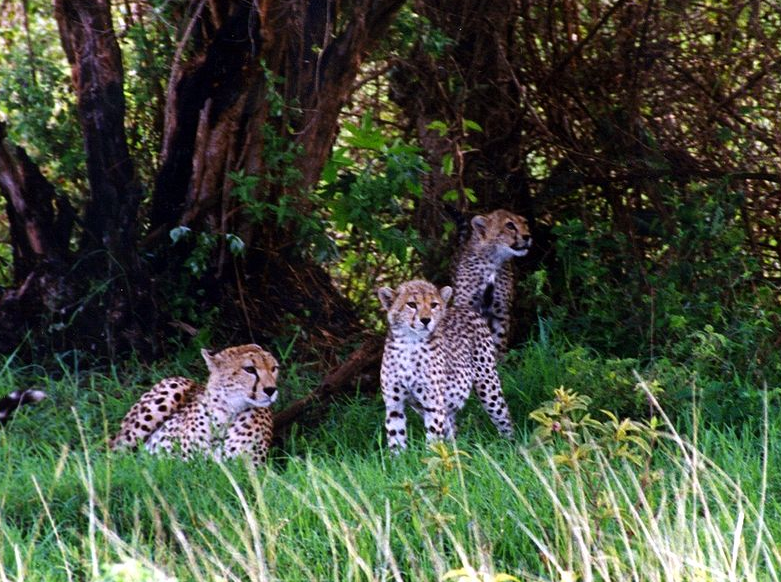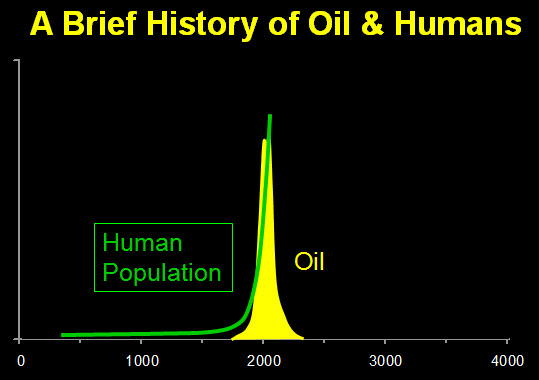Richard Ha writes:
Every organism, organization and even civilization needs surplus energy or it goes extinct.
When a mama cheetah catches an antelope, for instance, she needs to get enough energy from consuming that antelope to take care of her kids.
Let’s say all the antelopes are very skinny, and the energy she gets from eating a skinny antelope only gives her enough energy to make one more sprint, and that’s all.
That would be described as an "energy return on investment," an EROI, ratio of 1-1. She has no excess energy available to do anything but catch her next meal. That would be a very scary existence: She would have to catch an antelope on every single sprint, or her species would go extinct.
But if the antelopes got fatter, and the cheetah could make two sprints from eating one antelopes, we would call this an EROI of 2-1.
When the cheetah could make five runs from eating one antelope, things would be starting to look better (EROI 5-1). She would have energy left over to do more than just survive. She could spend time washing and playing with the kids.
At an EROI of 10 to 1, she could send the kids to grad school; things would be wonderful.
At an EROI of 30 to 1, the cheetah population would start to grow. The cheetahs would move into condominiums and take vacations in Hawai‘i.
So what does this mean in real life? Here’s some history.
In the 1930s, we could extract 100 barrels of oil from the ground by using the energy we got from one barrel of oil. That’s an EROI of 100-1.
By 1970, we were only getting 30 barrels of oil from the use of one barrel (an EROI of 30-1).
And in 2013, it’s around 10 barrels of oil (EROI 10-1).
Tar sands is around 5-1.
And biofuels are less than 3-1. Some biofuels (for example, alcohol from corn) are barely more than 1-1. You can see why putting our money and efforts into biofuels hardly makes sense.
Especially when you realize that geothermal, as we have in Hawai‘i, appears to have an EROI ratio of 11-1. It’s also significant to note that this rate won’t change anytime soon. The Big Island will be over the “hot spot,” which creates our geothermal conditions, for 500,000 to 1 million years.
Here is an article about the minimum EROI a sustainable society must have, by Charles A.S. Hall, Stephen Balogh and David J. R. Murphy.
What don’t we understand about this?


